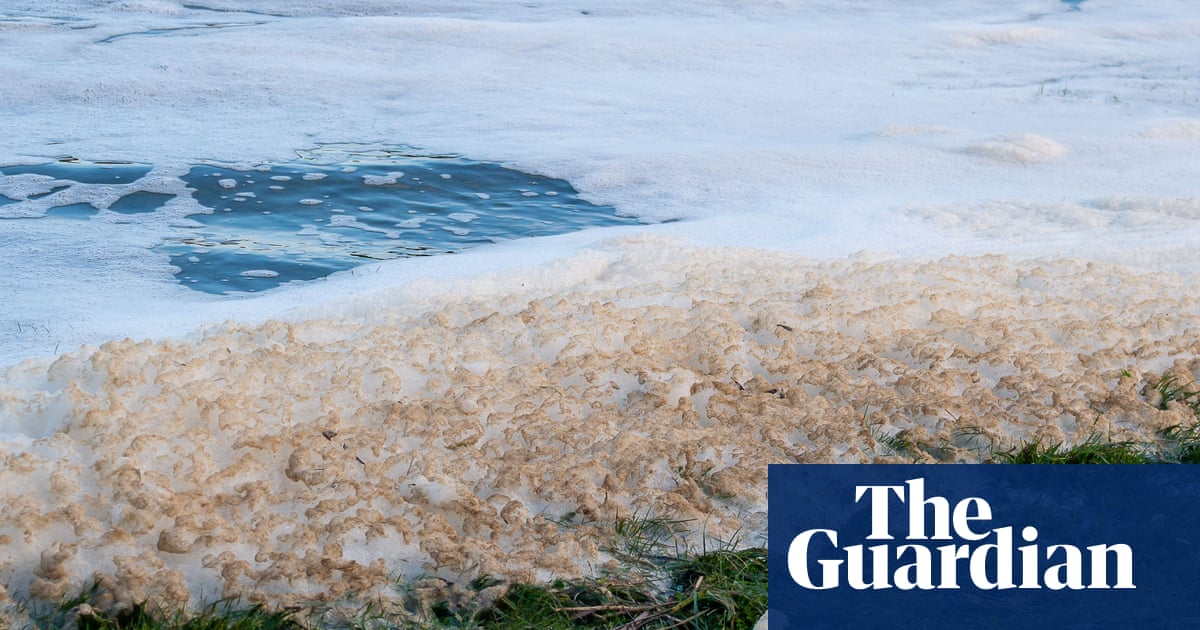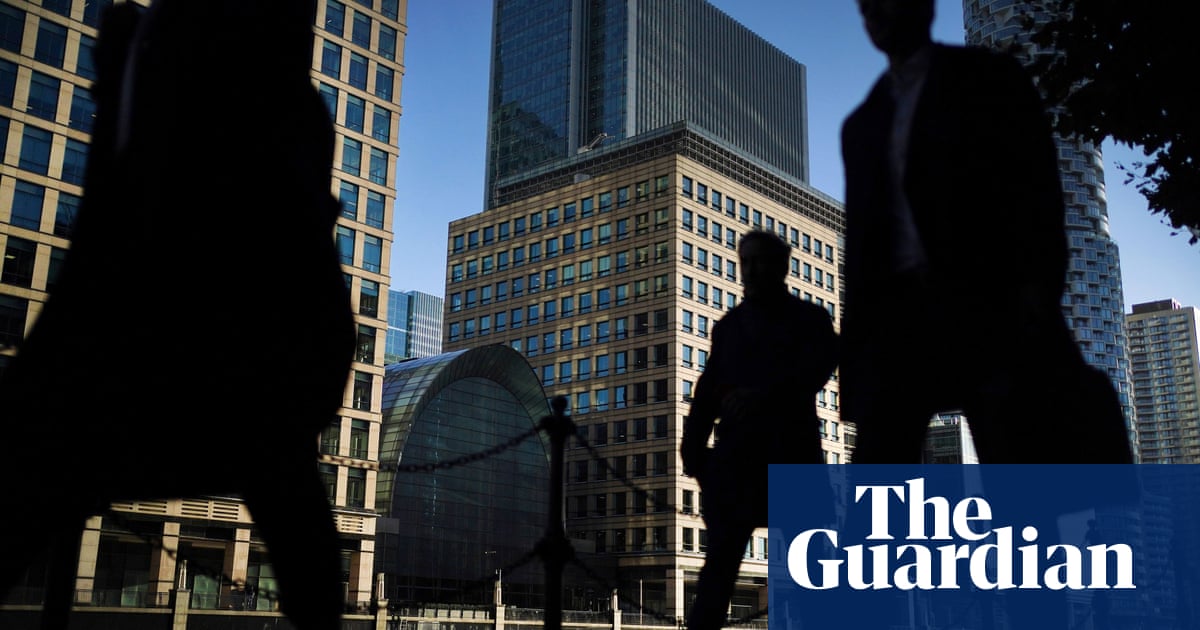
Bans on filling public swimming pools, maintaining ponds, washing cars and cleaning offices and shops could be put in place as England continues to run out of water, the Guardian can reveal.
Despite recent showery periods, the country, particularly in the south and east, has not received enough rain to refill depleted rivers and reservoirs.
Leaked documents from the National Drought Group, seen by the Guardian, say that non-essential use bans are being considered by some water companies.
The group is made up of government bodies, NGOs and water companies, and together they decide how to tackle drought conditions.
Hosepipe bans remain in place throughout much of the country, including in Yorkshire, London and large swathes of the south and south-east of England.
The next step, which could be put in place this month, would be to ban all non-essential use of water. This would include a bar on washing vehicles and non-domestic buildings, as well as bans on filling bodies of water including swimming pools and ponds. This is a relatively drastic measure that has not been put in place during recent droughts. In 1976, after 16 months of low rainfall, the government told households to cut their water supply by half.
The document reveals that companies looking to apply for further drought orders in September include South West Water, Southern Water, Yorkshire Water, South East Water, Severn Trent water and Thames Water.
Such drastic measures might need to be put in place to protect public water supply, which could be at risk if dry conditions continue.
The leaked minutes reveal that experts do not expect there to be sufficient rain to mitigate the dry weather.
They say: “The [three-month] outlook shows a risk of dry conditions continuing in the south and east of the UK, with little sign of the rainfall needed to end current drought conditions.”
Farmers were represented at the National Drought Group meeting by the National Farmers’ Union, which warned those present that “many have little or no water left” and that many crops have been significantly affected by the lack of rain. They said some growers were sacrificing some crops to save others, with yields reduced.
When rivers and reservoirs run low, water companies abstract from aquifers, but these are also running dry, with little sign of them being “recharged” with rain ready for next year.
The latest outlook from the UK centre for ecology and hydrology states: “Groundwater levels in September are likely to be normal to below normal across northern aquifer areas, and below normal further south (with exceptionally low levels persisting in some boreholes). The three-month outlook suggests a similar picture, but with levels tending towards normal, away from the far south, although there is much uncertainty looking ahead into the recharge season.”
This year, parts of England have experienced the driest conditions in nearly a century, with most of the country officially in drought. Eleven of the 14 Environment Agency areas have been given drought status, meaning that there are concerns over water supply.
The extremely hot and dry conditions have hit crops, fuelled wildfires and led to a large increase in demand for water, with impacts on the environment including rivers and ponds drying out, and fish and other wildlife dying or suffering.
The problem is hitting the whole of Europe; almost half of the 27-country EU is under a drought warning, with conditions worsening in Belgium, France, Germany, Hungary, Ireland, Italy, Luxembourg, the Netherlands, Portugal, Romania and Spain.
Water UK, which represents the water companies, declined to comment.












